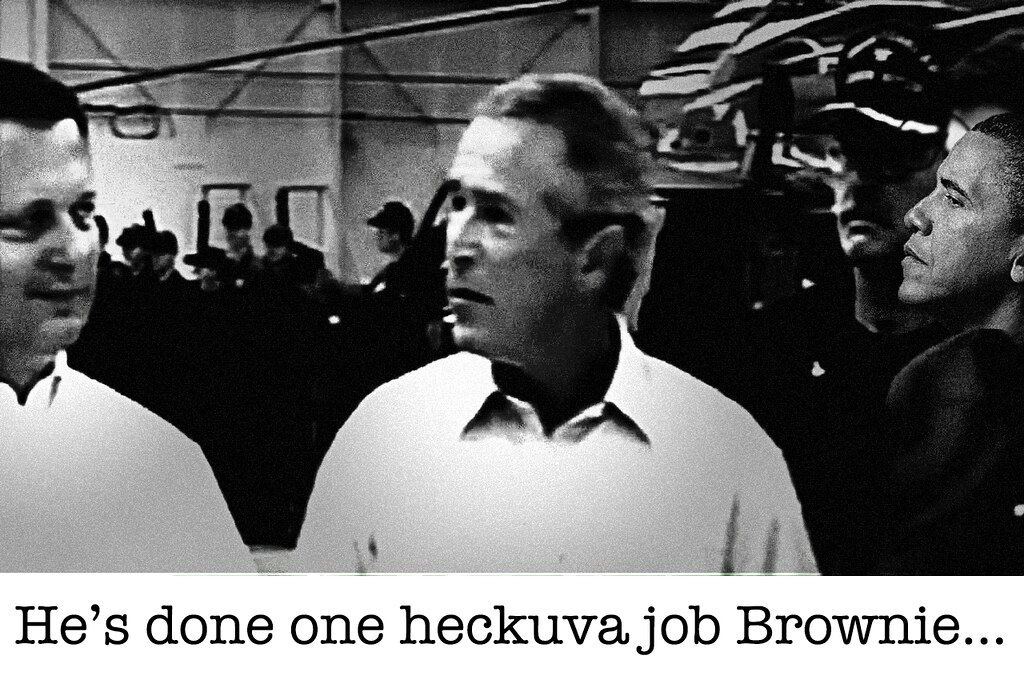Today’s AM fix was USD 1,281.75, EUR 953.99 and GBP 797.65 per ounce.
Yesterday’s AM fix was USD 1,266.00, EUR 951.25 and GBP 798.75 per ounce.
Gold rose $14.40 or 1.13% yesterday, closing at $1,294.07/oz. Silver hit a high $20.90 and closed the day with a gain of $0.25 closing at $20.81.
Click here for this month’s Insight ‘Talking Real Money: World Monetary Reform’
Yesterday, the World Gold Council released its Gold Demand Trends 2013 Report which demonstrates quite clearly that the Chinese continue to accumulate gold; gold continues to flow east to both government and consumer channels. The report also showed that central banks continue to accumulate and there is positive news that jewellery trade is up.
Key findings:
Continued consumer growth in China.
Total consumer demand was 210t in Q3 2013, a rise of 18% compared to the same period last year.
Central banks continue to be strong buyers of gold, albeit at a slower rate.
Q3 2013 was the 11th consecutive quarter of net purchases of gold.
Jewellery consumption in South East Asia, outside China, was also strong.
Hong Kong was up 28%, Vietnam up 14%, Thailand up 57% and Indonesia up 19% on the same quarter last year albeit off low bases.
Government regulations in India are dampening demand figures.
India recorded a 32% decline in consumer demand compared to the same quarter last year. However year to date, demand remains robust, up 19% compared to the first three quarters of 2012, following the surge in demand sparked by two price falls earlier in 2013.
Francis Bacon’s ‘Three Studies of Lucian Freud’
In another vote of confidence in the world of art, a triptych by Francis Bacon, titled ‘Three Studies of Lucian Freud,’ sold for €105 million ($142 million), a world record price for a painting.
However, Felix Salmon at Reuters believes that there is a speculative play in place and there is a number of people selling big-ticket contemporary art works at auction who have only owned these pieces for a short time and this is a key indicator that there is flipping in the market.
Salmon opines that there is signs of a speculative bubble, one that has been going on for years, even through the darkest hours of the financial crisis but that this latest burst of record selling prices could be the tipping point.
The price was pushed up by €44 million ($60 million) more than the auction house had estimated it would sell for. Believe it or not, but the price was decided after just ten minutes of bidding. This price smashes the previous record set when ‘The Scream’ by Edvard Munch sold for €89 million ($120 million.)
The auction also set a record for the highest amount ever made at one auction with €687 million (€511 million) worth of paintings were sold and included artists such as Andy Warhol, Jackson Pollock, Roy Lichtenstein and Mark Rothko.
Lucian Freud, who died in 2011, was also the subject of a second full-length Bacon triptych, painted in 1966. That work, however, is missing.
Whilst owning a Francis Bacon painting is out of the reach for most people, you can visit his studio where all these ‘expensive’ paintings were created. In keeping with the aura that surrounds Bacon’s life, his studio and its entire contents were moved from London to Dublin in 1998, and is on display in the Hugh Lane Galleryin Parnell Square, Dublin.
The Hugh Lane Gallery has its own amazing story in that Sir Hugh Percy Lane, its founder, died on board the RMS Lusitania in 1915 when she was torpedoed and sunk by a German U-boat.
No trip to Dublin is complete unless you visit this stunning exhibition; Bacon’s studio is a revelation and you can marvel at how three pieces of Bacon were sold for an incredible €105 million or 3.78 tons of gold at today’s price of €953/oz.
Click here for this month’s Insight ‘Talking Real Money: World Monetary Reform’
Like our Facebook page for breaking news, interesting insights, blogs, prizes and special offers.
![]()
via Zero Hedge http://feedproxy.google.com/~r/zerohedge/feed/~3/z_UxQVvNSYc/story01.htm GoldCore












